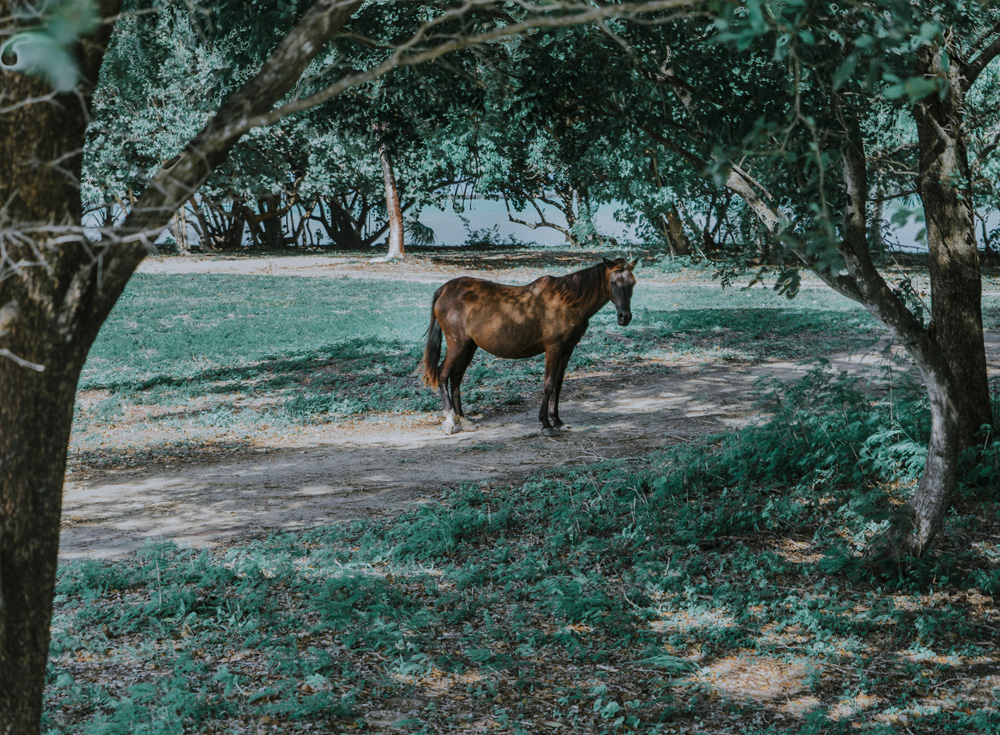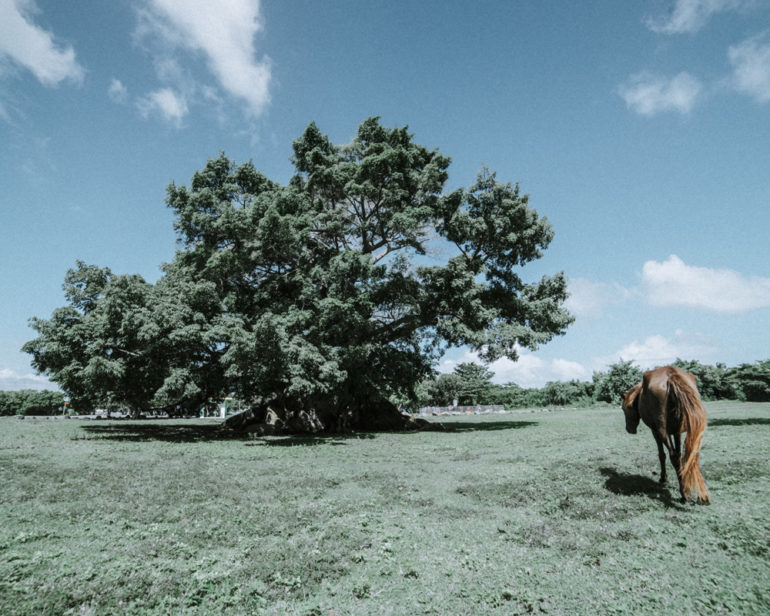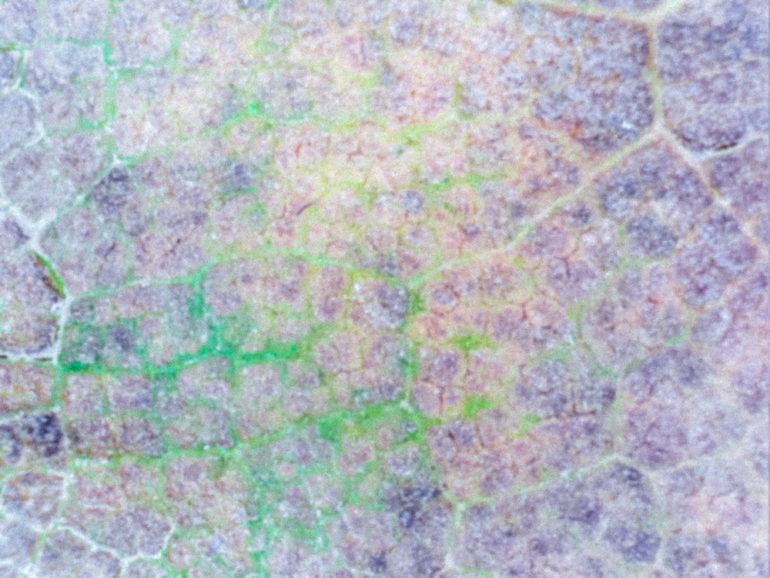Photography in Poetry is a new creative series that we’re starting at the Phoblographer that blends poetry with photography.
A crisp, honey-colored light lazily dripped between the branches and poured itself over the wild horse. The light had traveled for eight minutes, traversing 95 million miles filled with space, dust, clouds, bacteria, mountains, insects, trees, and a lot more, just so it could dapple the wild horse and enter my camera. The horse looked at me; I choose to call him dappled. Click, went the shutter.
Dappled had lost interest in me and turned away. He looked beautiful standing there in the sunlight, between the trees and the iridescent grass that reflected a filtered, green hue back onto his brown body. There was something funny about him. He kept lifting his left leg up, then down, then up, then down. I moved closer. He looked towards me. His leg was in the air again, but this time, it stayed there. I went closer still, and then I understood — he had been wounded. A small, scarlet splotch of blood dripped down his lower left leg, painting the grass red. I couldn’t tell if he was in pain or not, for his brown eyes were as serene as the ocean waves crashing a mile towards the north.
At first, the blood made me feel incredibly uncomfortable, especially because there was nothing I could do to help Dappled; he was a wild horse, after all, in a small island on the Caribbean sea. So I looked down at the grass, trying to avoid his eyes. Green and red, color harmony, I thought. Christmas I thought.
Slowly, the grass became the focus of my attention. It seemed to be reaching towards the sky, feeding on the light. If you ever look at a blade of grass under a microscope, you will see molecules of chloroplasts swimming in a sea of cytoplasm, distributing energy to the plant. Dive deeper with your microscope, and you will find chlorophyll. Chlorophyll loves to eat the color blue and red for energy (photosynthesis), but isn’t so fond of green. In fact, it dislikes green so much that it throws almost all of it up, reflecting it back into the world. Which is why plants end up looking green.
Dive deeper still into the chlorophyll and you will discover a molecule composed of carbon, hydrogen, oxygen, and nitrogen, all revolving around an atom of magnesium. If you somehow performed microscopic surgery on the cell and replaced the magnesium atom with iron, you would get blood, the same type of blood running though our veins, the same type of blood painting the grass red.
How similar we all are, I thought. We were all bloody creatures, roaming wildly through life. I looked up at Dappled again.
I am originally from Islamabad Pakistan, and am currently based in Columbus OH. While I grew up in a secular family, Sufi mysticism heavily informs my work. Sufism aims to look at how everything in the world is connected, and equates the idea of God to love, necessitating actions bred of love. I was a writer before I became a photographer. Photography became a means of expressing my thoughts in a new way. But poetry and photographs are very similar in that, with few words/moments a lot needs to be expressed
Ultimately, I think any work of art means what the viewer (with all their life experiences) sees in that work; writing and photography are a means for me to express how I see or interpret my work.
All images and words by Sanwal Deen. Used with permission.




